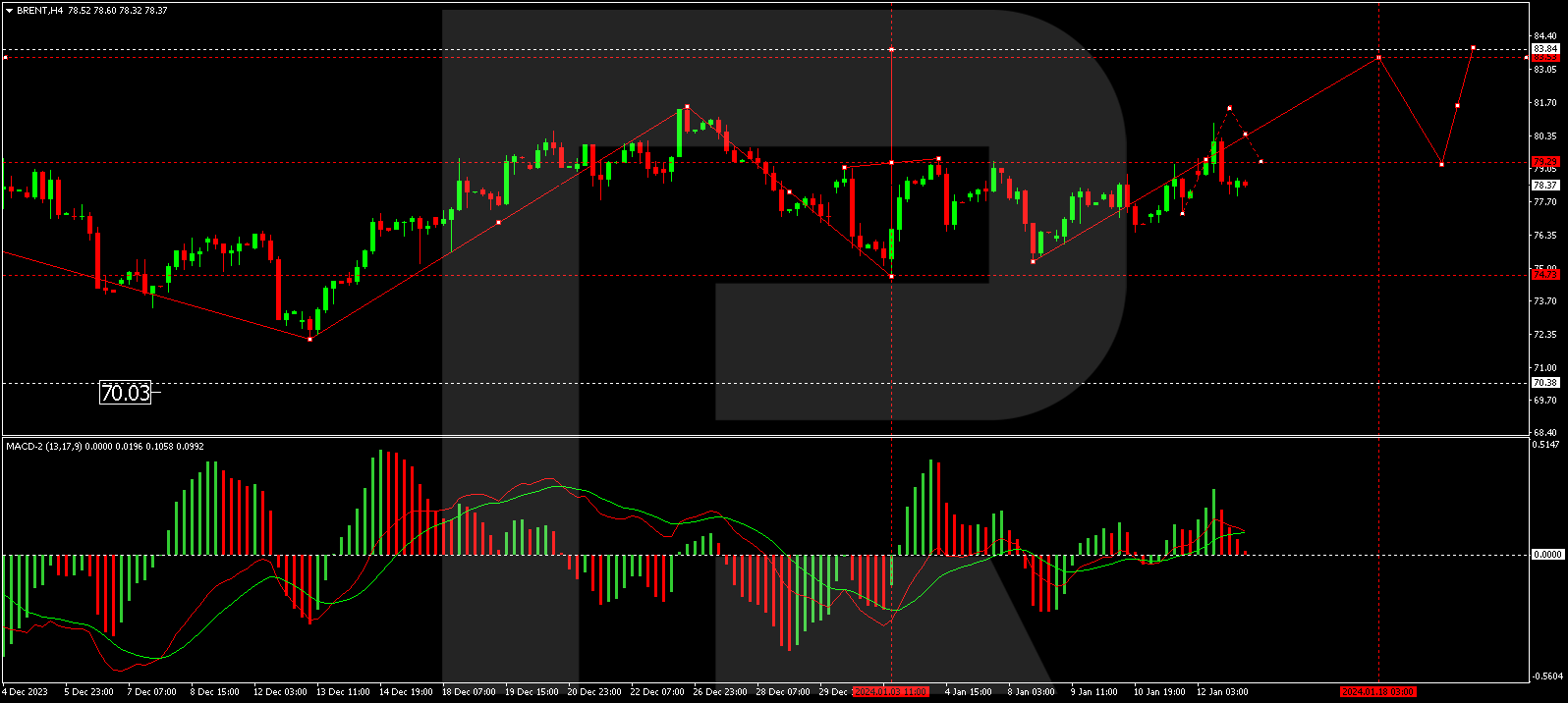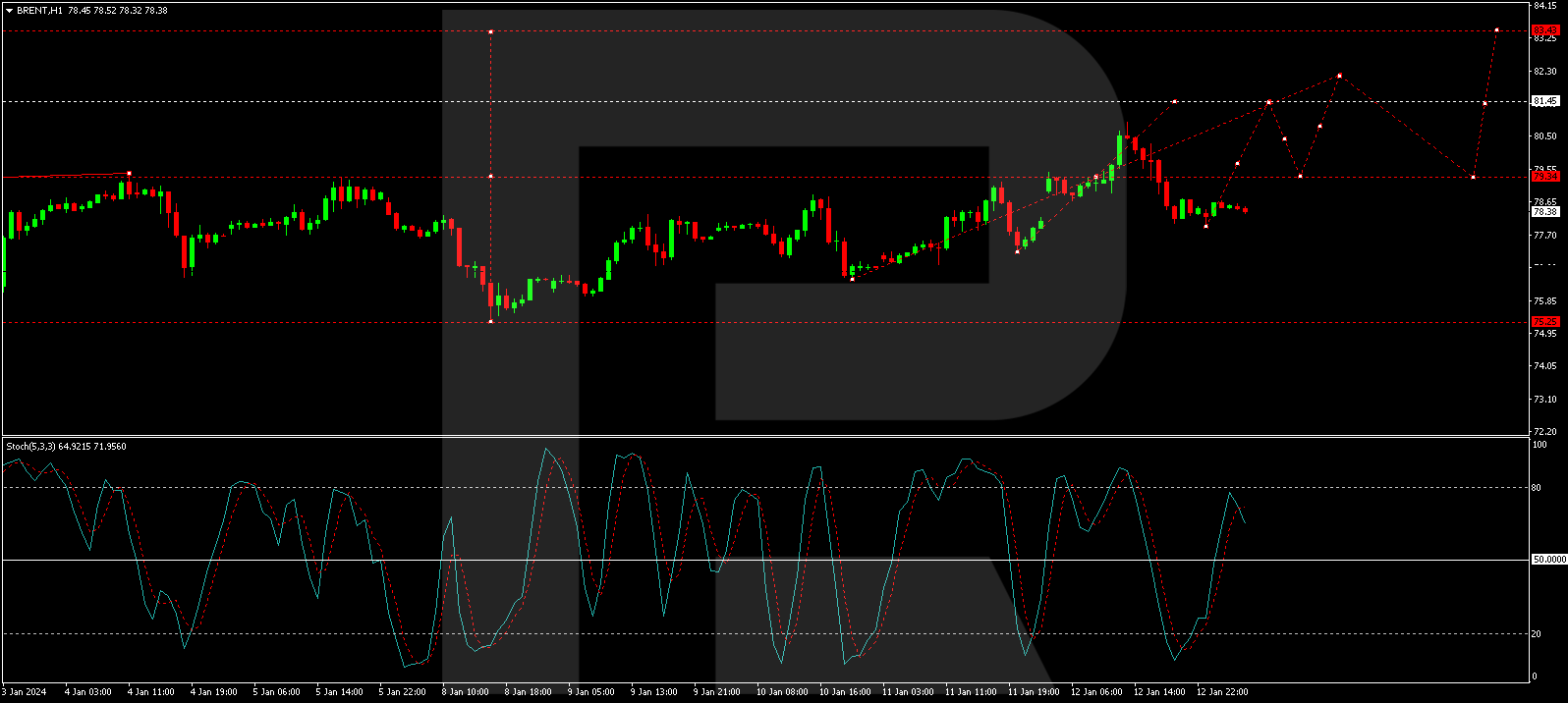By Ino.com
As a merger frenzy sweeps across the U.S. oil industry, pipeline operators are seizing the opportunity to join the fray. Fueled by ambitions to enhance scale, optimize assets, and capitalize on lucrative export markets, they’re making their mark by jumping on the merger bandwagon.
Natural gas pipeline operator Energy Transfer LP’s (ET) recent merger and acquisition endeavors stand out as a shining example in this dynamic landscape. Commanding a market cap of approximately $49 billion, ET is a powerhouse in the energy industry, boasting one of the most extensive and diverse portfolios of assets in the U.S.
Owning and operating over 125,000 miles of pipelines and vital infrastructure, ET’s strategic footprint covers 44 states, tapping into every major U.S. production basin.
Despite its vast footprint, ET made significant moves last year, securing two major deals. It acquired Lotus Midstream for close to $1.50 billion and merged with Crestwood Equity Partners, a fellow Master Limited Partnership (MLP), in a deal worth $7.10 billion.
ET’s Co-CEO Tom Long, in the fourth-quarter conference call, conveyed the company’s steadfast belief in the rationale behind consolidation within the energy sector and indicated that the company will continue assessing potential opportunities for further consolidation.
That said, ET’s acquisition of Lotus Midstream’s Centurion Pipeline assets marks a pivotal expansion for the company, amplifying its presence in the thriving heart of the Permian Basin. This strategic move bolsters ET’s capacity for transporting and storing crude oil and elevates its connectivity across key markets.
The Centurion assets, located across some of the most active areas of the Permian Basin, boast substantial gathering volumes from prominent producers, fortifying ET’s access to crucial downstream markets characterized by consistent demand. These assets serve as direct conduits to major hubs such as Cushing, Midland, Colorado City, Wink, and Crane, unlocking a network of unparalleled opportunities for ET to thrive and flourish.
Meanwhile, last year November, ET successfully completed its merger with Crestwood Equity Partners LP, solidifying its dominant position in the midstream sector. The transaction boosts ET’s distributable cash flow per unit, bringing in substantial cash flows from long-term contracts and acreage dedications.
In its fourth-quarter earnings release, the company emphasized the transformative impact of its merger with Crestwood, projecting an impressive $80 million in annual cost synergies by 2026, with an anticipated $65 million to be realized by 2024 alone.
These synergies, however, are just the tip of the iceberg, with further benefits expected to emerge from enhanced financial and commercial alignments in the near future. Moreover, during the fourth quarter, ET’s assets surged to unprecedented heights with the addition of new growth projects and acquisitions.
Notably, Natural Gas Liquids (NGL) fractionation volumes soared by a remarkable 16%, establishing a new record for ET. Similarly, NGL transportation volumes witnessed a substantial uptick of 10%, also setting a new benchmark.
Meanwhile, NGL exports experienced an impressive surge of over 13%, reflecting the company’s expanding global reach. Additionally, both crude oil transportation and terminal volumes witnessed substantial increases, soaring by 39% and 16%, respectively.
For the fiscal year 2024, the company expects its growth capital expenditures to range from $2.40 billion to $2.60 billion and maintenance capital expenditures are expected to be between $835 million and $865 million. The forecasted adjusted EBITDA for the same period is expected to hover somewhere between $14.50 billion and $14.80 billion.
Apart from mergers and acquisition endeavors, ET is dedicated to returning its unitholders’ value through quarterly distributions. The company’s annual dividend of $1.26 translates to an 8.58% yield on the prevailing price level, while its four-year average dividend yield is 10.24%. Its dividend payouts have grown at a CAGR of 10.8% over the past three years.
With a surge of roughly 14% over the past year, analysts on Wall Street are forecasting a potential increase in the stock’s value, estimating it to reach $18.22 within the next 12 months. This suggests a potential upside of 25.4%. The price target varies, ranging from a low of $15 to a high of $22.
Bottom Line
ET emerges as a formidable player in the energy industry, driven by its aggressive growth strategy and slew of acquisitions.
The company’s major deals, including the merger with Crestwood and the acquisition of Lotus Midstream’s Centurion Pipeline assets, demonstrate its commitment to expanding its footprint and enhancing its capabilities. Additionally, ET’s strong operational performance in the fourth quarter underscores its remarkable ability to capitalize on growth projects and acquisitions.
Moreover, the company’s attractive dividend yield, the potential for further acquisitions this year, analyst’s bullish forecasts for ET’s stock value, and its robust growth prospects all point toward promising opportunities for investors.
With these factors in mind, investors could closely monitor ET’s shares for potential gains in the future.
By Ino.com – See our Trader Blog, INO TV Free & Market Analysis Alerts
Source: Is Energy Transfer (ET) a Buy Opportunity Amidst Acquisition Momentum?
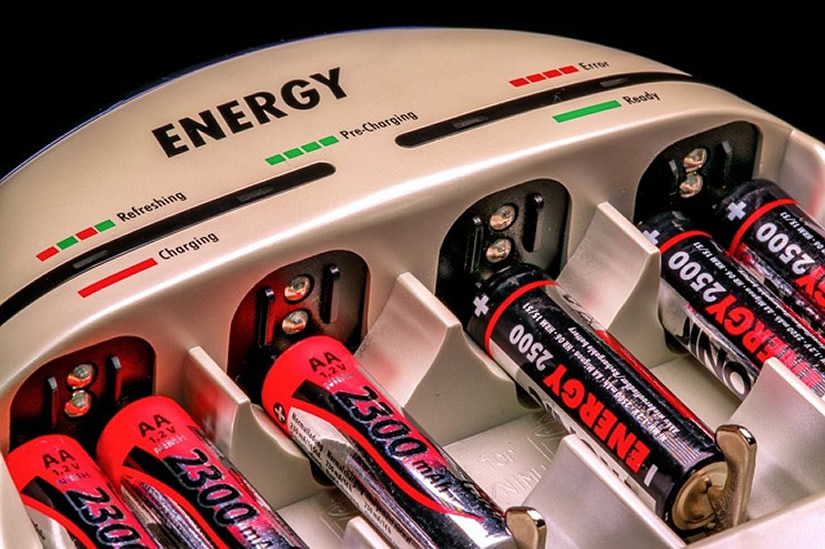


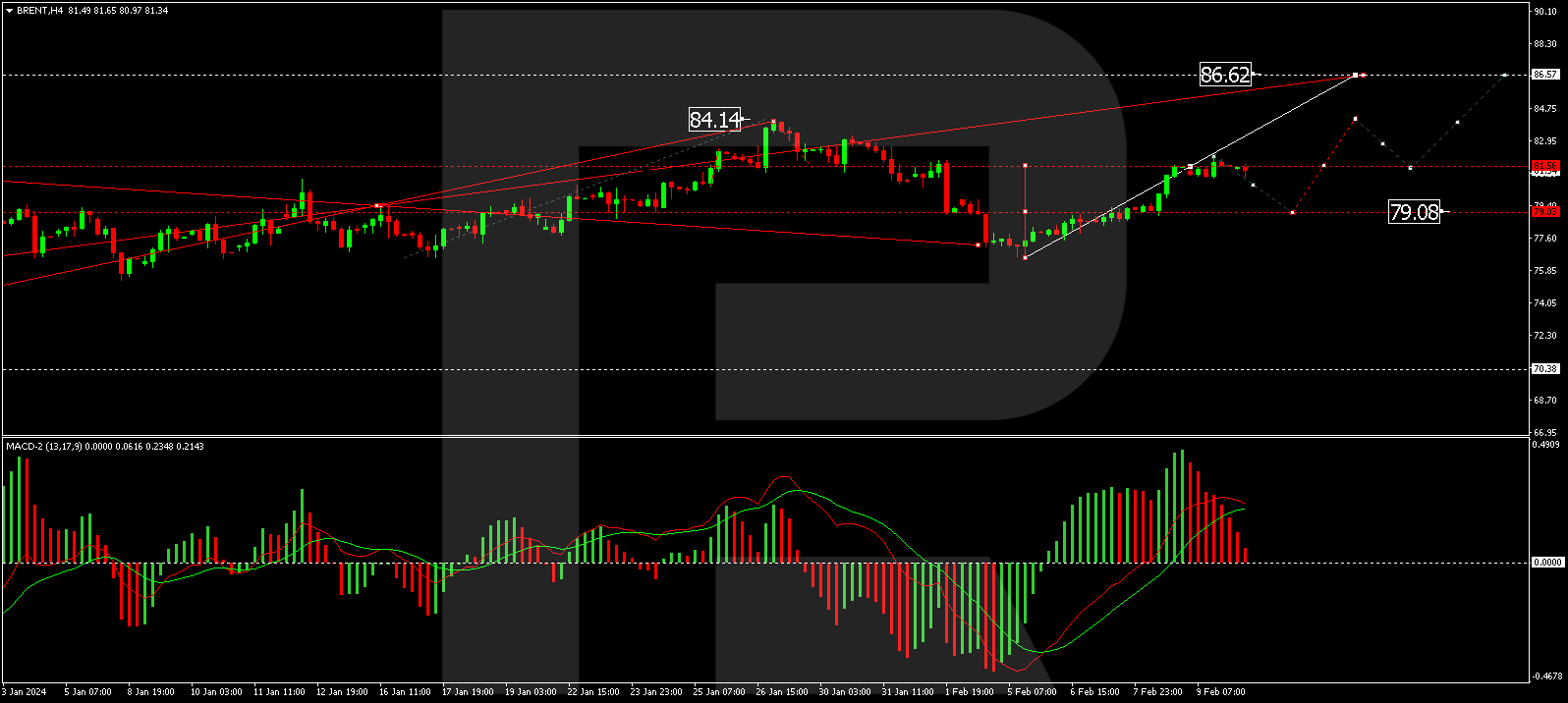
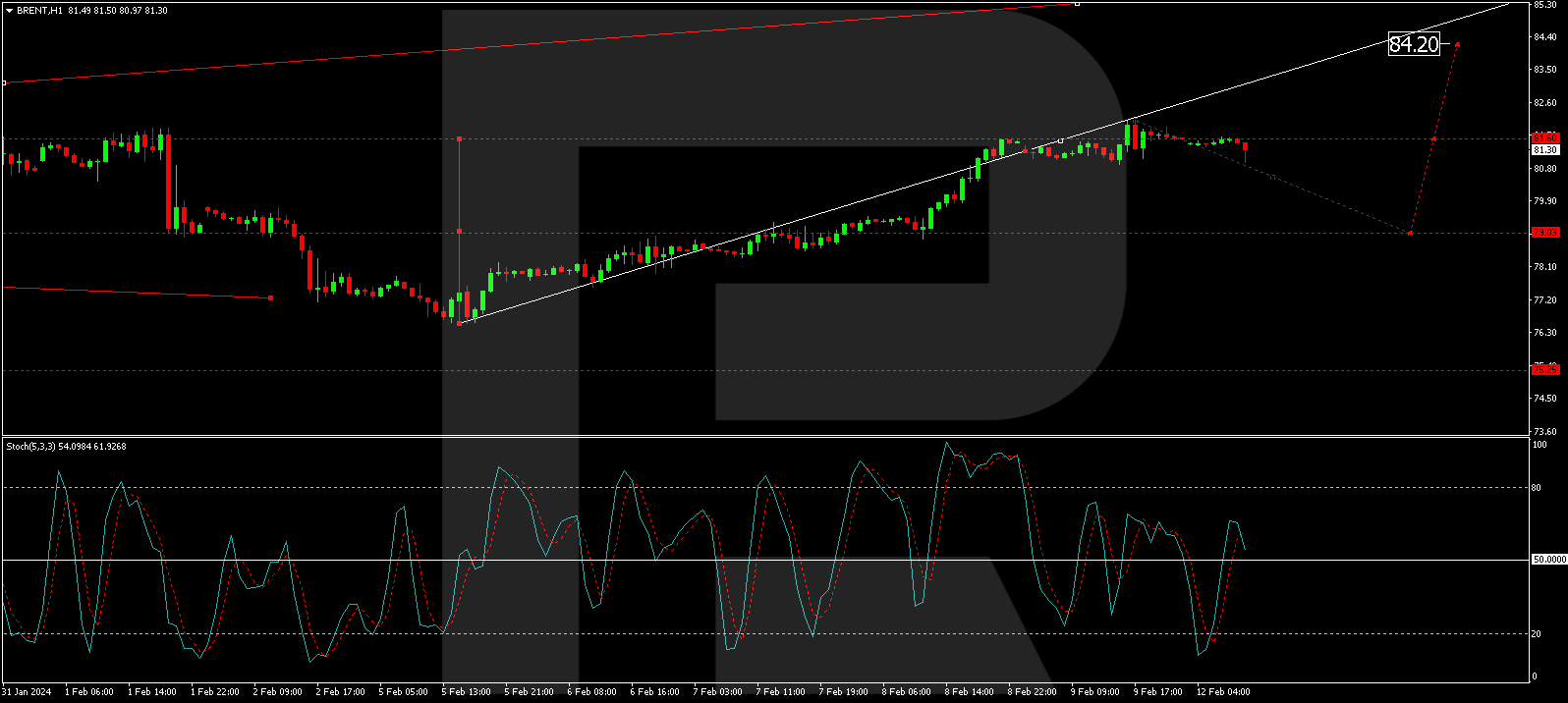
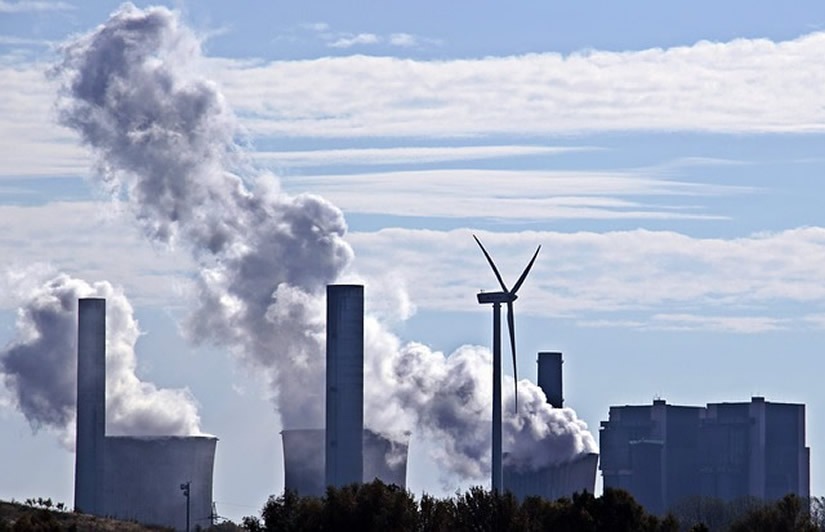



 Article by
Article by 









